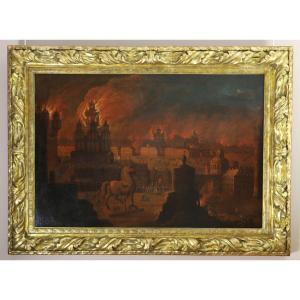re-lined 99 cm by 67 cm
Important frame of 119 cm by 87 cm
The Troy of the ancient legend is presented here with historic buildings of Flemish and / or German cities. The large building on the left is reminiscent of La Frauekirche in Dresden. The central building on the square surmounted by a steeple is most certainly a 17th century stock exchange like the one that can still be admired today on the main square in Lille.
This mixture of different buildings borrowed from northern countries but also very often from ancient Rome makes these paintings architectural whims (caprici). Witness the Burning of Troy (at Christie's New York on January 26, 2005, lot 214) in which classical structures rub shoulders with spiers of churches and basilicas in the background and typical Flemish houses in the foreground. The seemingly main theme of the fall of Troy and his horse often conceals another story (the fire of Brussels under the bombings of Louis XIV in the 17th century, the sack of Antwerp by Spanish troops in 1576, the great fire of Rome in 64 AD...)
Daniel van Heil (Brussels 1604, 1662)
This spectacular work can be attributed to Daniel van Heil (Brussels 1604, 1662) or to a painter close to him. Master of the Guild of Brussels from 1627, he specialized in different types of landscapes, representing fires, ruins and winter landscapes. Night lights were a popular theme in 17th century Dutch and/or Flemish art. The theme of fires in towns, which appeared at the beginning of the 17th century, is not new in Flemish iconography. The subject often appeared in prior art as a secondary theme in depictions of biblical or mythological apocalypses and destruction. These earlier works often placed the subject of the night in an environment sometimes populated by fantastical or demonic beings. These scenes included the fall of Troy, Aeneas and Juno into the underworld and the destruction of Sodom and Gomorrah. Hieronymus Bosch was the first northern artist to paint such fire scenes, and later painters of the Brueghel dynasty developed the subject further.












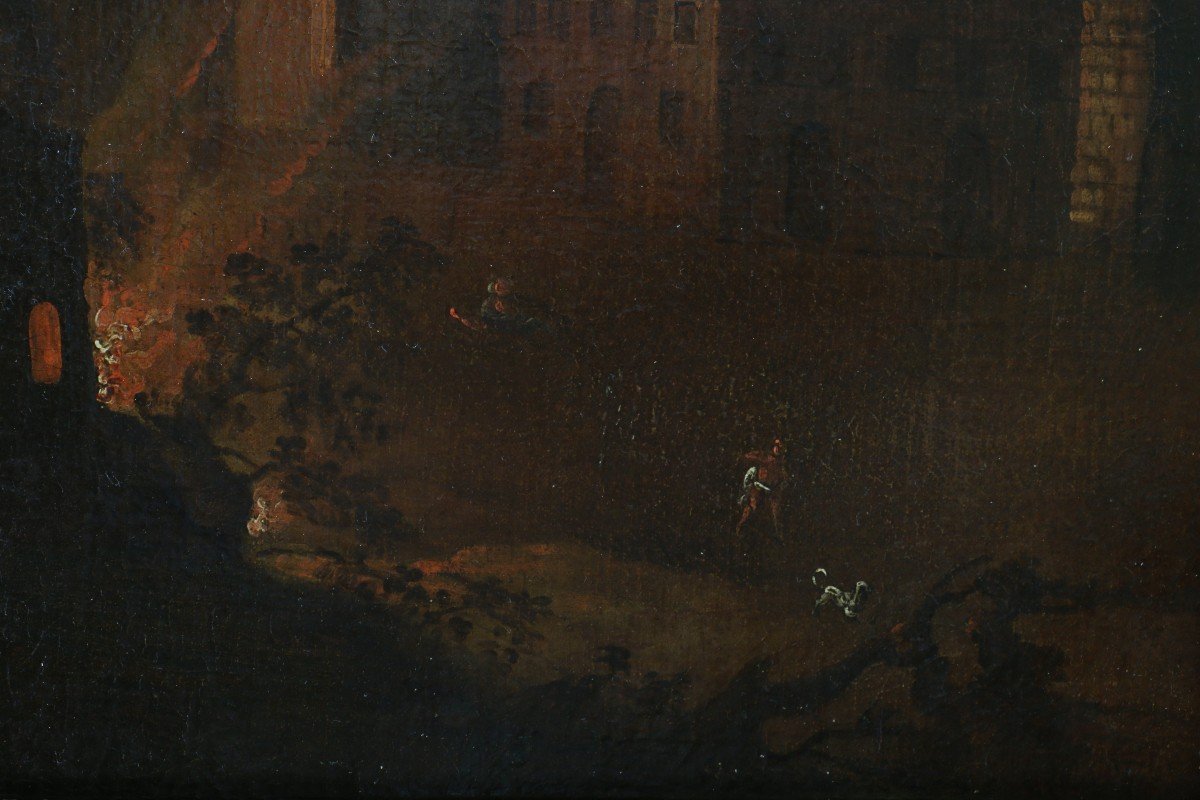



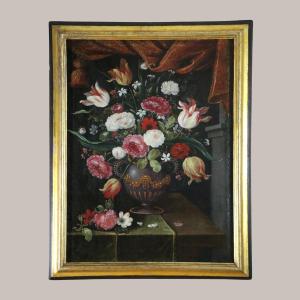
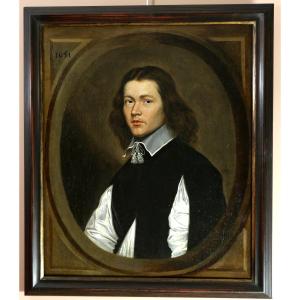


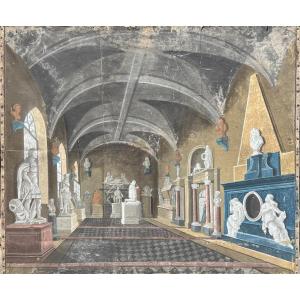

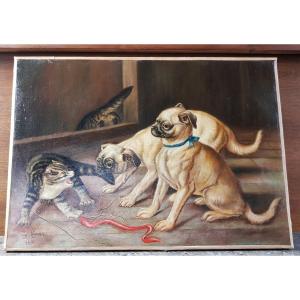
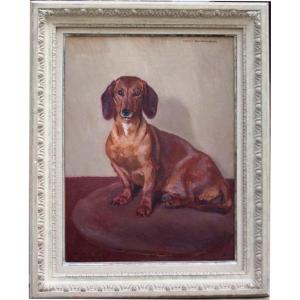
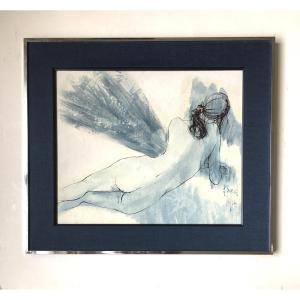




 Le Magazine de PROANTIC
Le Magazine de PROANTIC TRÉSORS Magazine
TRÉSORS Magazine Rivista Artiquariato
Rivista Artiquariato
